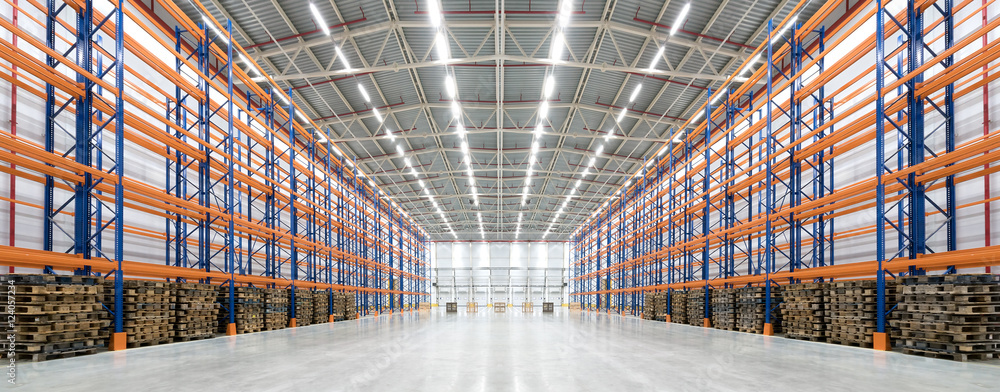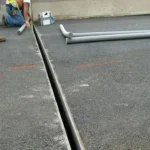Warehouse racking removal is a critical process for businesses looking to optimize their storage space, upgrade their systems, or repurpose their facilities. Whether you’re downsizing, reorganizing, or upgrading your racking systems, understanding the best practices for warehouse racking removal can save you time, money, and effort. In this guide, we’ll cover everything you need to know about warehouse racking removal, including key considerations, safety tips, and steps to ensure a smooth process.
Why Consider Warehouse Racking Removal?
- Space Optimization: Removing outdated or unnecessary racking can free up valuable floor space, allowing for better workflow and storage efficiency.
- Upgrading Systems: As inventory needs change, you may need to upgrade to more modern, efficient racking systems that can better accommodate your products.
- Safety Concerns: Older racking systems can pose safety risks. If your racking is damaged or unstable, removal is essential to maintain a safe working environment.
- Facility Repurposing: If you’re changing the use of your warehouse, such as converting it to a different type of storage or distribution center, racking removal may be necessary.
Planning Your Warehouse Racking Removal
Assess Your Needs
Before starting the removal process, evaluate your current racking systems:
- Inventory Assessment: Determine what racking is necessary for your current inventory and future needs.
- Condition Check: Inspect existing racking for damage or wear. Identify which sections need to be removed, repaired, or replaced.
Develop a Removal Plan
A well-thought-out plan will help you execute the removal efficiently:
- Timeline: Set a clear timeline for the removal process, considering any downtime that may impact operations.
- Budget: Estimate costs for removal, disposal, and potential new racking installations.
- Team Roles: Assign responsibilities to team members involved in the removal process.
Safety First: Important Safety Tips
Warehouse racking removal can be a hazardous task. Prioritize safety with these tips:
- Personal Protective Equipment (PPE): Ensure that all workers wear appropriate PPE, including hard hats, gloves, safety glasses, and steel-toed boots.
- Clear the Area: Remove all items stored on the racking and clear the surrounding area to prevent accidents during the removal process.
- Use Proper Equipment: Utilize forklifts, pallet jacks, or other equipment designed for heavy lifting to safely handle racking components.
- Teamwork: Ensure that team members communicate effectively and work together, especially when handling large or awkwardly shaped pieces of racking.
Step-by-Step Process for Racking Removal
1. Prepare the Area
- Clear Out Inventory: Remove all products and materials from the racking.
- Clean the Space: Sweep and clean the area to minimize dust and debris.
2. Disassemble the Racking
- Follow Manufacturer Instructions: If available, refer to the manufacturer’s guidelines for dismantling the racking.
- Remove Components: Begin by taking apart the shelves, beams, and uprights. Start from the top and work your way down for stability.
- Label Parts: If you plan to reassemble or sell parts, label them for easier identification later.
3. Dispose of Racking Materials
- Recycling: Consider recycling metal components where possible to minimize waste.
- Proper Disposal: Follow local regulations for disposing of hazardous materials, if applicable.
4. Inspect the Space
Once the racking has been removed, inspect the area for any damage or repairs needed. This is a great time to make any upgrades to the flooring or lighting.
What to Do After Removal
Evaluate New Options
After the old racking has been removed, you can evaluate new racking systems that better fit your needs. Consider factors like:
- Load Capacity: Ensure the new racking can handle your inventory’s weight and size.
- Flexibility: Look for adjustable systems that can adapt to changing inventory needs.
- Space Utilization: Optimize your layout to maximize storage capacity while maintaining accessibility.
Implement New Racking Systems
Once you’ve chosen a new system, follow best practices for installation:
- Professional Installation: Consider hiring professionals for installation to ensure safety and compliance with regulations.
- Testing and Inspection: After installation, conduct thorough testing and inspections to verify stability and safety.
Conclusion
Warehouse racking removal can be a daunting task, but with careful planning and execution, it can lead to a more efficient and safer warehouse environment. By assessing your needs, prioritizing safety, and following best practices for removal and installation, you can optimize your storage space and enhance your operations.
If you’re considering a warehouse racking removal project, ensure you have a comprehensive plan in place. Whether you’re upgrading your systems or repurposing your facility, the right approach will help you achieve your goals effectively.












